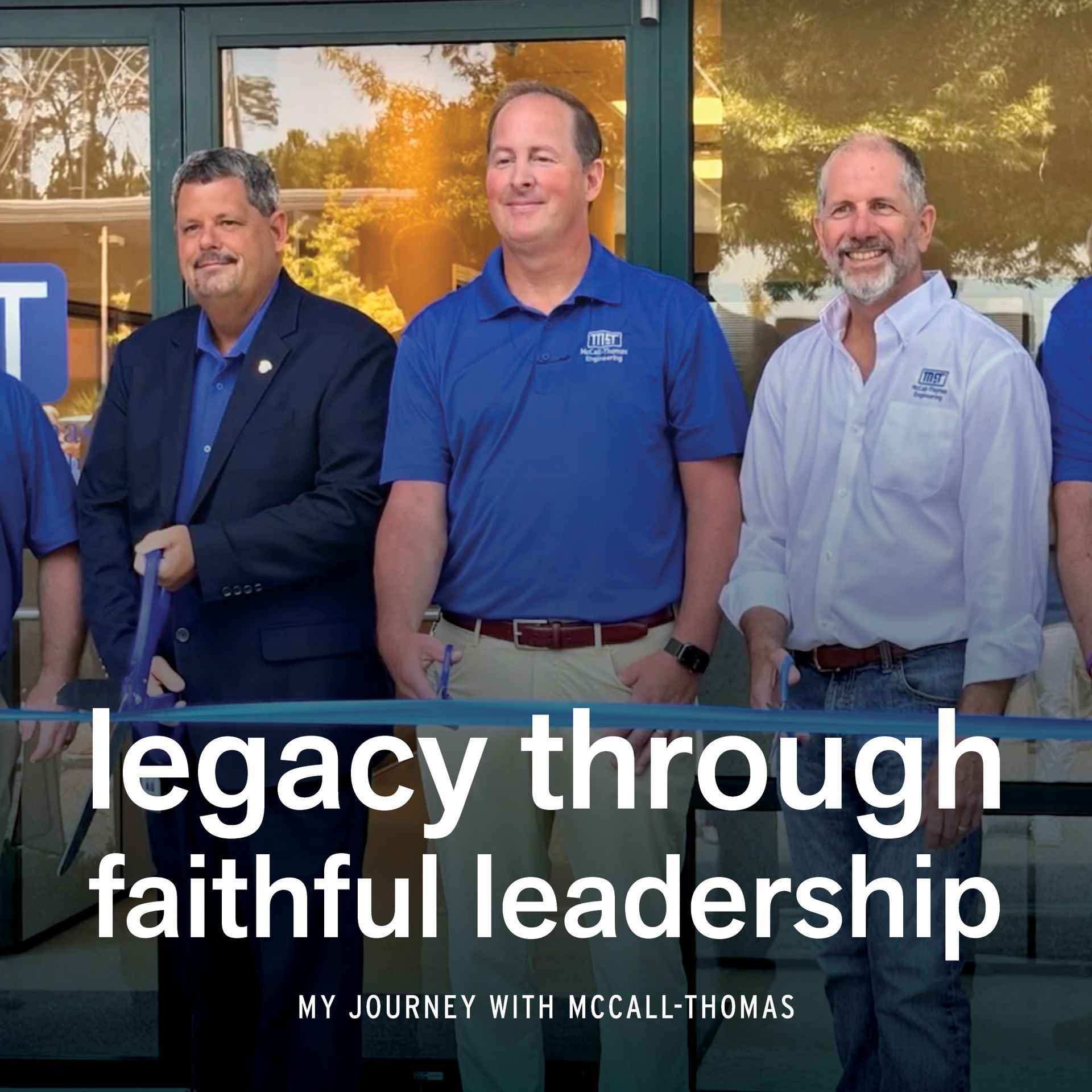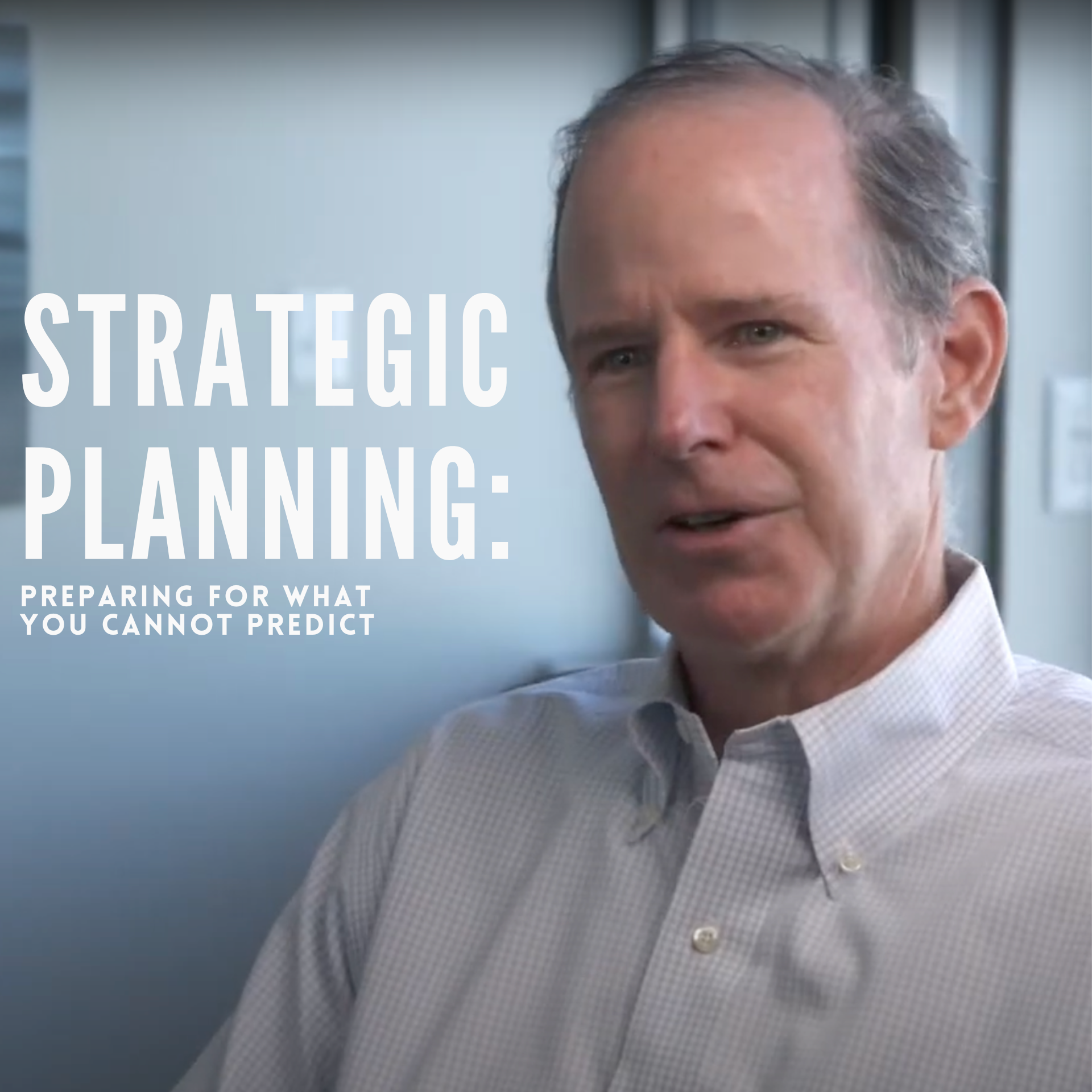Passing the Baton Well
Why Every Leader Needs a Succession Plan
Every leader is an interim leader. At some point, whether expected or not, the time will come to pass the baton. The question is not if a transition will happen, but how well prepared we are when it does.
In C12 South Carolina, we often remind business owners that leadership is stewardship. God has entrusted us with these organizations for a season, but eventually someone else will sit in the CEO’s chair. As C12 Chair Dan Griffin recently shared, “Everybody is a temporary CEO. One day you will not sit in that seat. Someone else will.”
The issue isn’t just personal. The way we prepare, or fail to prepare, for succession can shape whether our businesses thrive, decline, or lose their Kingdom impact entirely.
The Danger of Avoidance
Despite knowing the inevitability of transition, many leaders avoid succession conversations altogether. Research shows that more than 55% of business exits are unplanned, often triggered by illness, death, or sudden circumstances.
When leadership change comes without preparation, companies are far more likely to experience mission drift, decline, or even collapse.
Dan likens the absence of planning to leaving a family without guidance after death: “Wouldn’t it be great if, in the light of your passing, the playbook had already been set? All they then have to do is execute.”
Biblical Wisdom on Succession
Scripture gives us a clear model. In Deuteronomy 31, as Moses prepared to hand leadership to Joshua, he anchored the people in God’s promises, not just his own legacy. Healthy transitions put God’s mission above the leader. As Peter Greer, author of Succession: Seven Practices to Navigate Mission-Critical Leadership Transitions, notes, the moment of transition carries the greatest risk for mission drift if it is not handled with intentionality.
Three Buckets of Readiness
Succession requires planning across three dimensions:
- Operational challenges – Who will lead? How will culture and mission be preserved?
- Financial challenges
– How will leadership change be funded? What equity and compensation structures are in place?
- Emotional challenges
– How will a leader release what they’ve poured their life into, and what “next” will they set their eyes on?
Leaders often focus heavily on financial details while neglecting the operational and emotional dynamics. Yet the reverse is often true: healthy succession begins with identity, mission, and people.
Seven Practices for a Healthy Transition
Peter Greer, CEO of HOPE International and coauthor of Succession: Seven Practices to Navigate Mission-Critical Leadership Transitions, outlines practical ways leaders can prepare for the handoff. These practices go beyond paperwork; they shape the culture and faithfulness of the organization long after leadership changes hands.
- Focus on the whole race.
Leadership isn’t just about how we start or even how we run in the middle. It’s about finishing well, ensuring the mission continues beyond our lifetime.
- Start training now.
The best successors aren’t chosen in a hurry. They are developed over time as current leaders share responsibility, create opportunities, and let others grow into leadership.
- Create a plan. A good transition doesn’t happen by accident. It requires both a short-term emergency plan and a long-term roadmap that identifies internal and external leaders who could step in.
- Listen to the coach.
Wise leaders surround themselves with mentors, peers, and trusted advisors who help them identify blind spots and stay focused on their mission, rather than their ego.
- Communicate clearly.
Succession affects employees, families, customers, and stakeholders. Without clarity, fear and confusion can spread. Healthy leaders prepare others with honesty, vision, and care.
- Prepare for the handoff.
Just like in a relay race, the baton must be passed smoothly. That means making tough decisions now, resolving lingering issues, and leaving the organization stronger than we found it.
- Cheer on the team.
Even after transition, leaders have a role—to bless, encourage, and champion the next generation. Succession done well frees leaders to celebrate what God is doing through others.
As Greer emphasizes, “lack of advanced planning is the number one reason succession planning doesn’t go well.” The sooner leaders begin these practices, the more likely their mission will outlast them.
A Call to Courage
For many leaders, the hardest part of succession is not logistical; it’s personal. We battle myths like: “I’m indispensable,” “I’ll get around to it,” or “No one will do this job as well as me.”
But as Griffin reminds us, denial is not a strategy. “The biggest threat to your organization,” he says, “is if you’re not in place and there’s no plan.”
Stewardship Beyond Ourselves
As Christian business leaders, we are called to think beyond retirement packages or financial exits. Succession is about ensuring the mission continues, Kingdom impact multiplies, and the people entrusted to us are cared for well.
Patricia Asp, former ServiceMaster executive, offers a sobering reminder: “Fifty years of work undone in less than four years is sobering. Succession preparation and hardwiring the business model with the core values really matter if you have a culture and mission you want to perpetuate.”
Final Thought
Succession planning isn’t about control; it’s about stewardship. It is one of the greatest gifts you can give your family, your employees, and your community. Whether your exit is decades away or could come sooner than expected, the time to prepare is now.
As Griffin challenges, “Why don’t you think about getting a [succession plan] in place as soon as possible? That way, we can not only secure today, but we can also plan for tomorrow.”
For further insights, watch Dan Griffin’s reflection on the “Day-After Plan”: The Day After Plan Video.
Sources
- C12 Chair Curriculum, “Succession: Navigating Mission-Critical Leadership Transitions,” October 2023
- Dan Griffin,
The Day After Plan [YouTube Video] (https://youtu.be/LLYjf0pYpaA)
The Day After Plan.mp4 - Peter Greer & Doug Fagerstrom,
Succession: Seven Practices to Navigate Mission-Critical Leadership Transitions (2020)
- Eric Hehman, Jay Hummel, Tim Kochis,
Success and Succession: Unlocking Value, Power, and Potential in the Professional Services and Advisory Space (2015)
- Patricia Asp, quoted in Albert Erisman, The ServiceMaster Story (2020)
SHARE THE NEWS











